Now comes the moment of truth, as it were, when we turn to power consumption. Payday is as always at the gas pump and this time I took a close look at it. Let’s start with idle and low load. AMD has been able to catch up quite a bit and it’s really been a long time since an AMD graphics card has consumed so much less power in idle if it hasn’t switched off tricky. So this can be quite pleasing.
But as soon as there is a little more 3D load, the electric power goes off (again). The TBP (Typical Board Power) shown in the slides is then completely allocated to the chip and as TBP, if you can still call it that, it becomes 145 watts during gaming. I was able to measure this value in Metro Exodus as well as in Total War. Lighter exercises, like WoT, still have a moderate 121 watts. If we compare the MSI GTX 1650 Super Gaming X 4GB with this, it’s still up to 40 watts more with gaming! So AMD needs around 30% more electrical power for up to 10 percent performance advantage in the picked out games, where you are ahead. The other games have an even worse balance compared to the Nvidia card. Despite all the dedication and euphoria, that’s sobering, since even the GeForce GTX, which is much faster in some cases at 125 watts, is still 20 watts lower.
But – you have to certify this to save the honour of Navi 14 – it’s up to 100 watts less than with a completely inflated Radeon RX 590 of the last Polaris iteration! In terms of efficiency, it finally belongs to pension, because that’s really no longer up to date. So you’ll have to consider how extensively you want to use the RX 590 and how much it pays to plug it in. Because of a few hours a week you don’t have to worry in all cases, but permanent users will really notice.
The 5 watts more when overclocking can by the way be booked as a nice performance gain, which does not manifest itself explosively at the socket. But you get a fright with the torture test, which really hits with almost 176 watts. That’s almost 71 watts more than with the GeForce, which does a good job. Boost can do that like from a picture book, Power Tune unfortunately can’t.
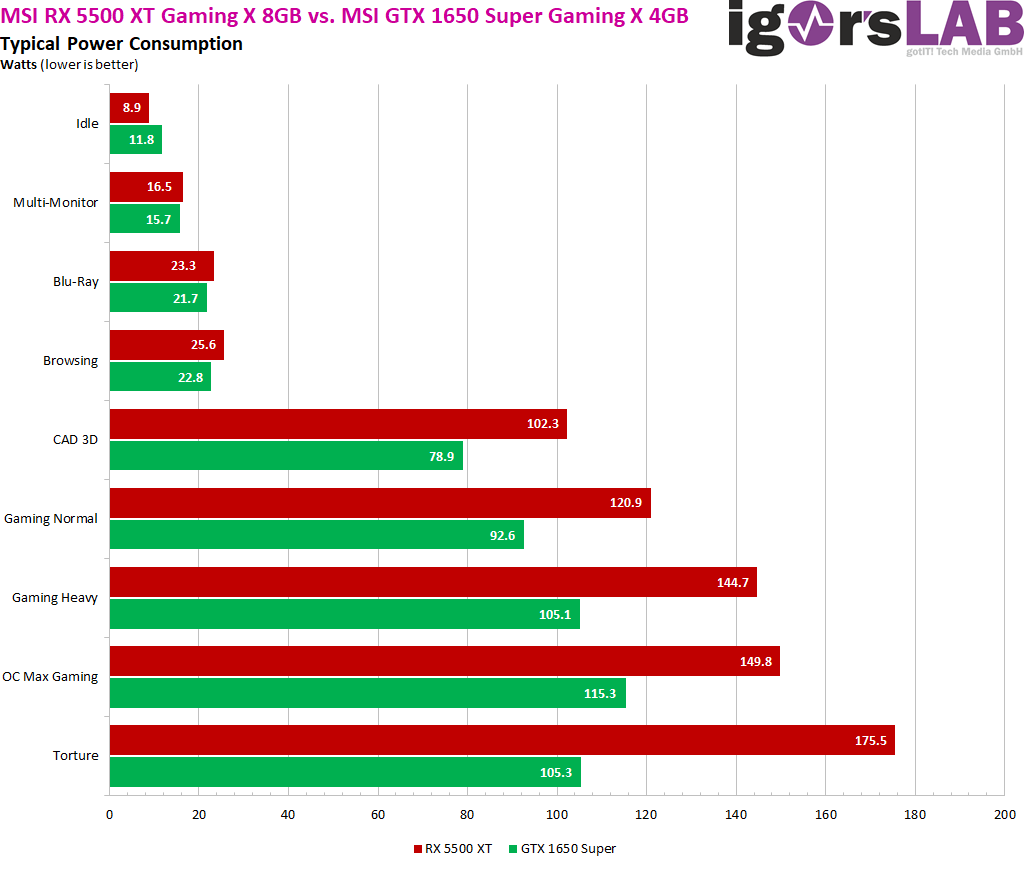
GPU-Voltage (VDDC)
If we now compare the voltages, we can see very clearly where the power explosion at the power supply comes from. The MSI card already delivers a constant 1,137 volts during gaming, without even having to lower it once. This may be due to the default in the BIOS, whereby the 1.1 volts stored there are easily surpassed. In general, the card with the new driver does things that I couldn’t read out in the defaults. But more about that.
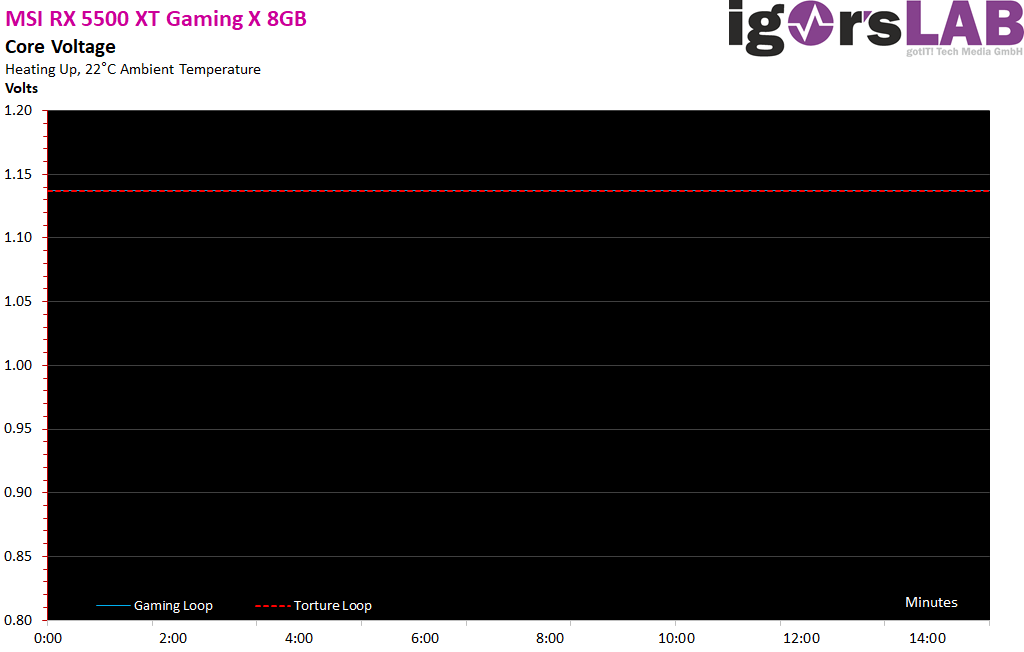
The GeForce GTX 1650 Gaming X 4GB regulates the voltage much more finely:
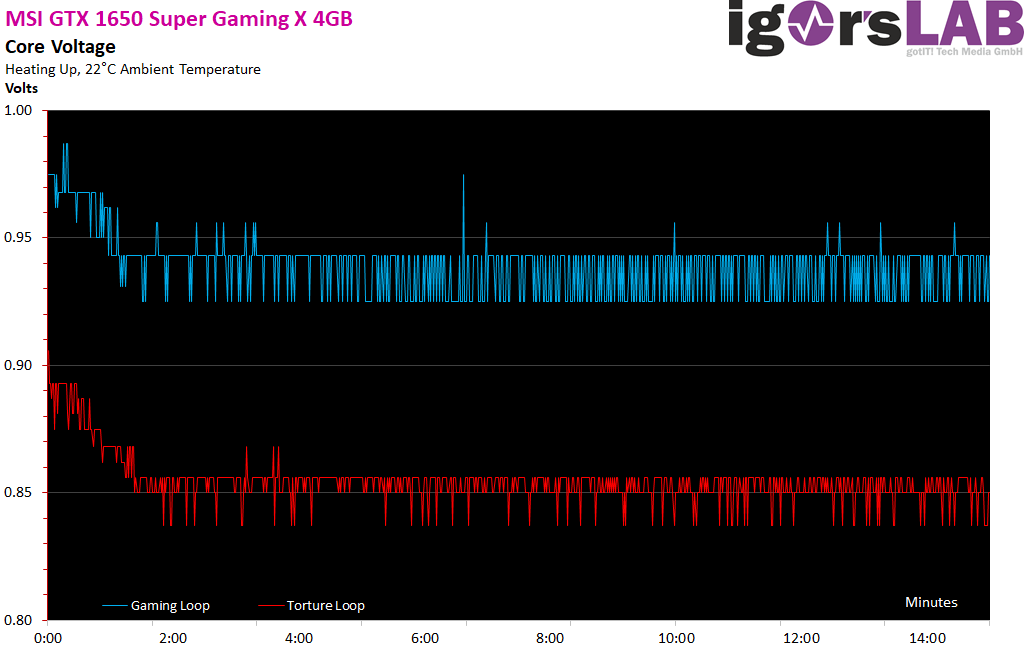
Let us now look at the high-resolution measurements of power consumption and current/voltage for both cards in the diagrams. You can already see the type of control for power tune and boost:
Standard compliance on the motherboard slot:
Both cards are in the grass-green area when the motherboard slot is loaded. Also here I made a diagram for both cards: The load distribution is exemplary for the 6-phase Navi card, whereby the two phases fed from the slot will never lead to an overload, not even for the torture loop.
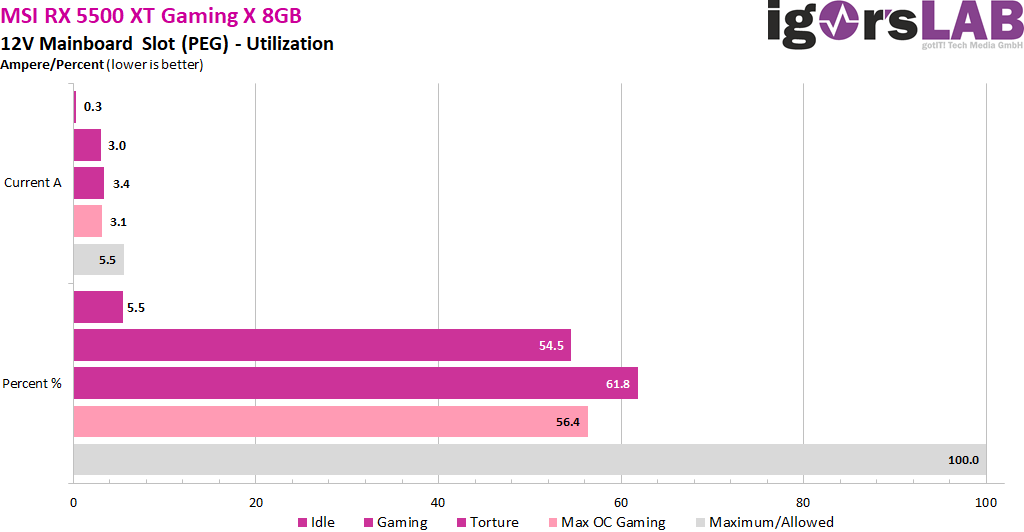
MSI has to do some tricks with the Nvidia card in balancing, because one of the three GPU phases (VDDC) is fed directly from the slot. But this is also easy to solve:
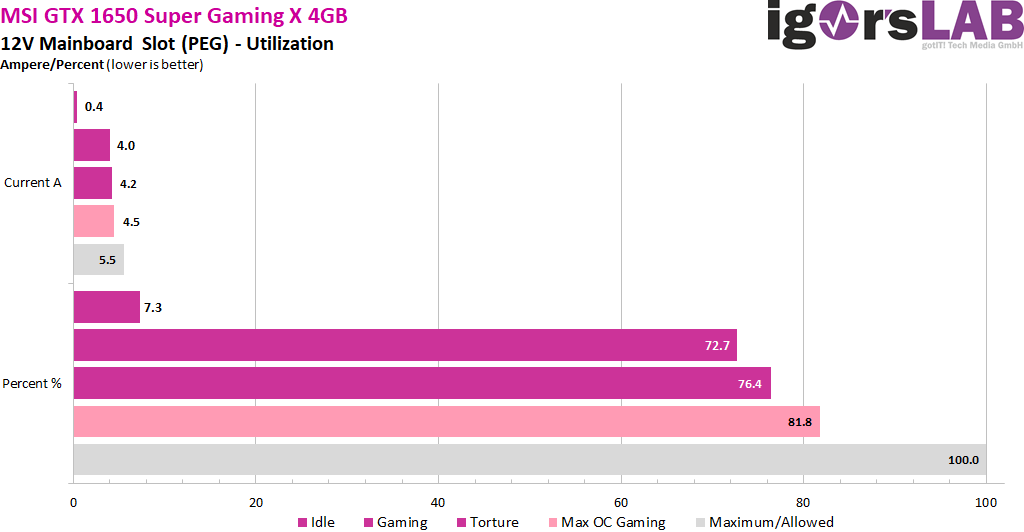
Power supply design and dangerous load peaks
As I already proved in detail in my basic article “The fight of graphics card against power supply – power consumption and load peaks demystified”, there are also short-term higher loads in the millisecond range, which can already lead to inexplicable shutdowns in unfavorably designed or not appropriately equipped power supplies. The TBP (Typical Board Power) measured by the graphics card manufacturer or the reviewers alone does not really help here for a stable design of the system.
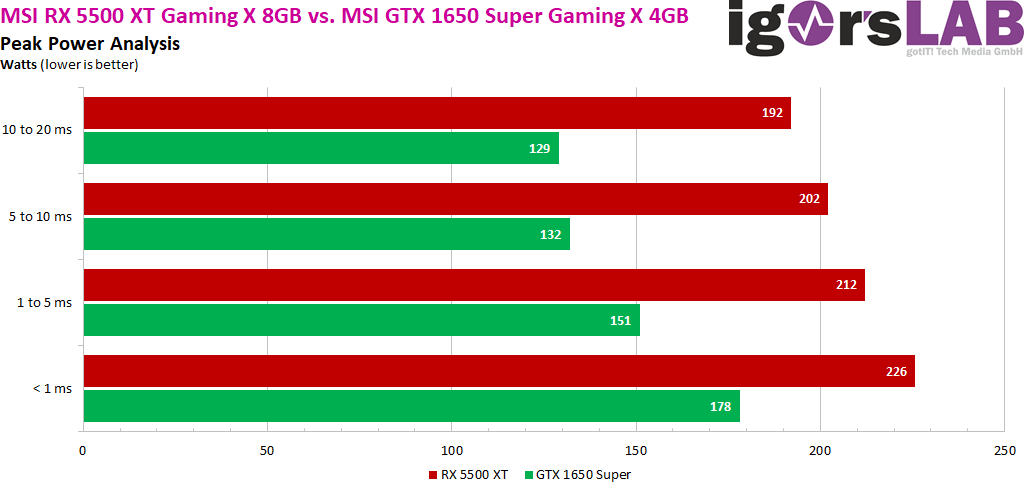
Peaks with intervals between 1 and 10 ms can lead to shutdowns with very fast reacting protective circuits (OPP, OCP), especially with multi-rail power supplies, even though the average power consumption is still within the standard. For the MSI RX 5500 XT Gaming X 8GB, I would therefore calculate 200 to 250 watts as the graphics card load for the normal OC in proportion to the total secondary sided power consumption of the system, and for the MSI GTX 1650 Super Gaming X 4GB with approx. 150 to 180 watts, in order to have sufficient reserves for the worst-case scenario. A short excerpt with higher resolution now shows us the respective 20 ms measurements (10 μS intervals), how I let them run automatically to determine the value:
- 1 - Introduction and Overview
- 2 - 8 GB vs. 4 GB, important info and test system
- 3 - Tear Down: PCB and components
- 4 - Tear Down: cooling system
- 5 - DirectX 11: GTA V
- 6 - DirectX 11: Far Cry 5
- 7 - DirectX 12: Shadow of the Tomb Raider
- 8 - DirectX 12: F1 2019
- 9 - DirectX 12: Total War: Three Kingdoms
- 10 - DirectX 12: Tom Clancy's The Division 2
- 11 - DirectX 12: Metro Exodus
- 12 - Power consumtion and real PSU recommendation
- 13 - Clock rates, overclocking and temperatures with infrared
- 14 - Fan curves,fan speed and noise with audio-chamber test
- 15 - Summary and conclusion















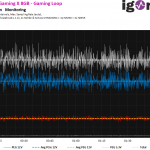
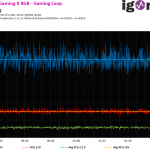
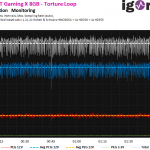
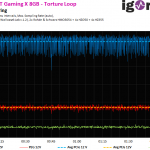
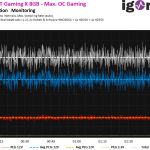
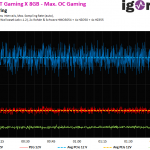
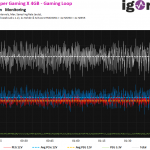
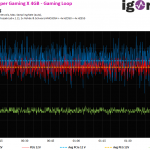
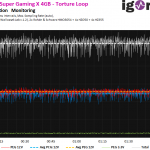
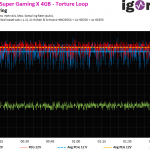
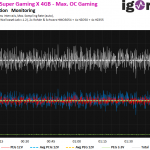
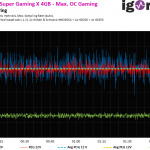
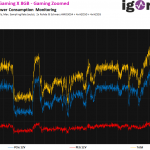
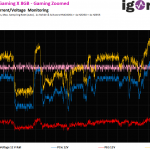
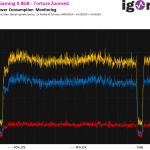
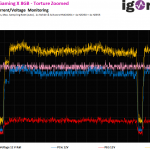
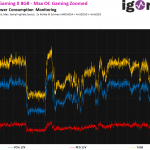
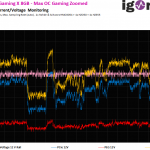
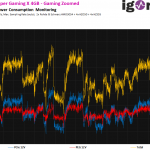
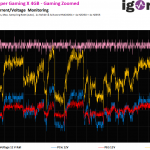
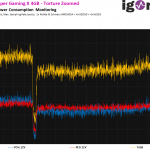
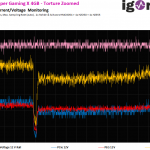
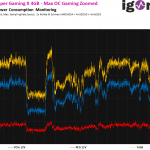
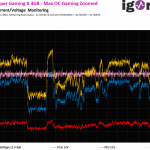


















Kommentieren